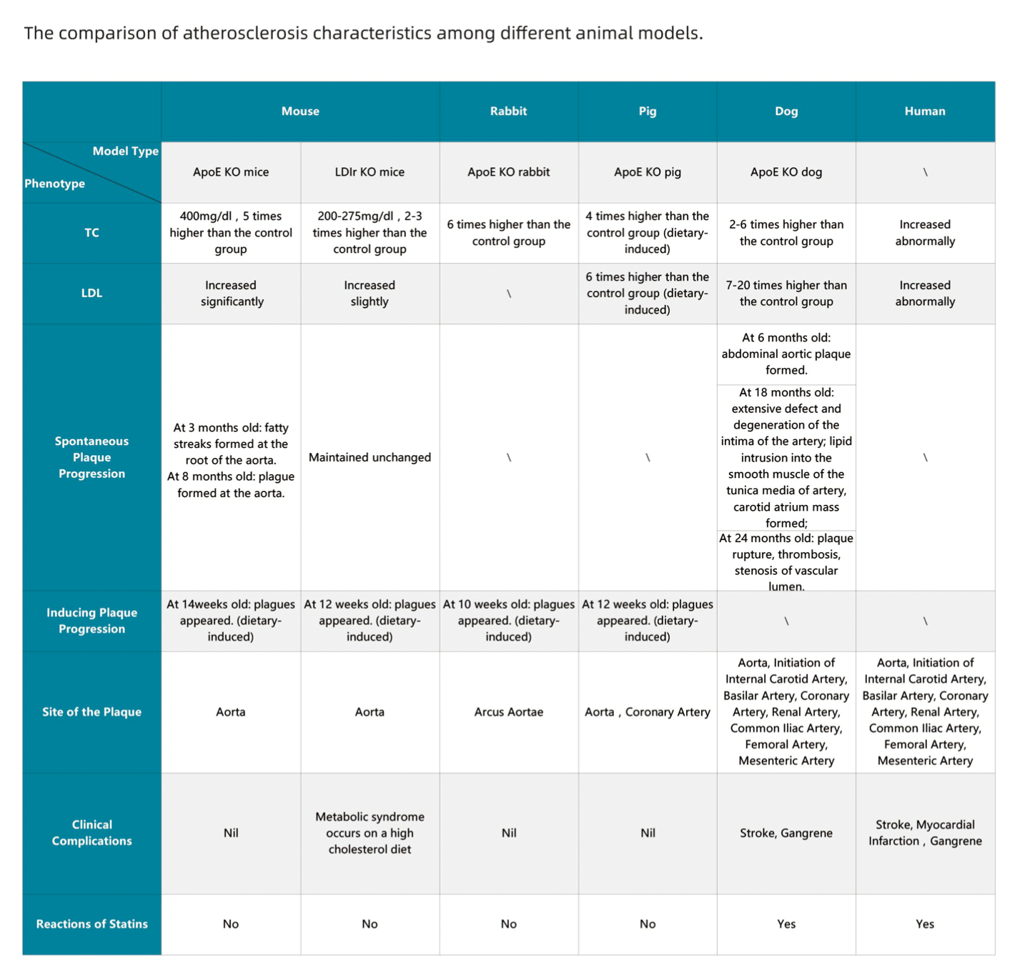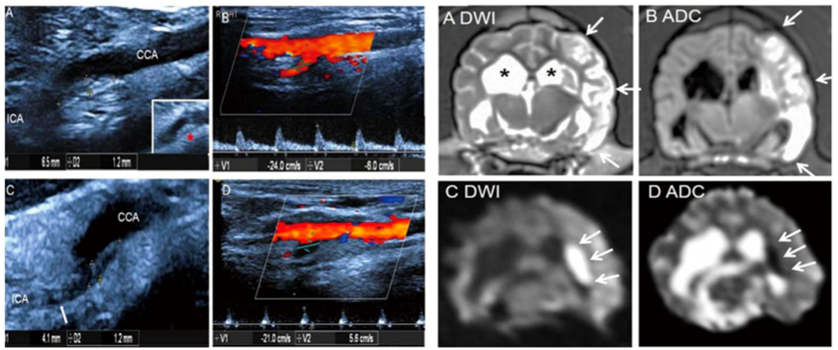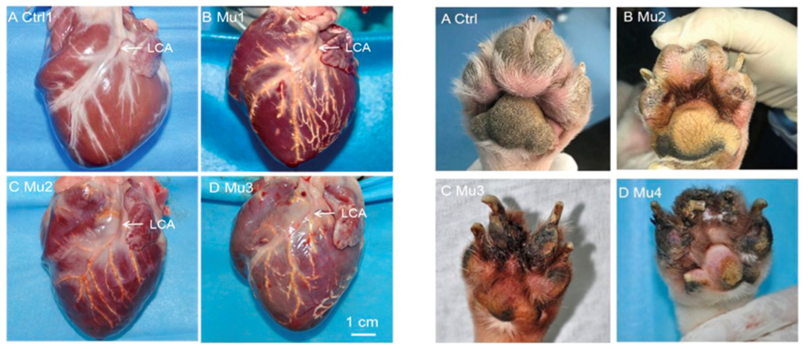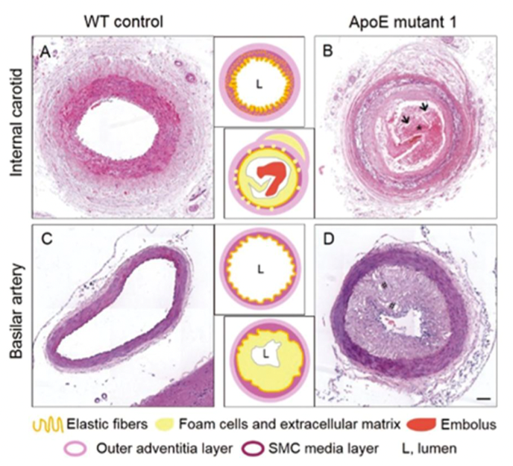ApoE is an important component of plasma lipoprotein and is closely related to cholesterol metabolism. Low expression or absence of ApoE contributes to increasing blood lipid levels which would induce atherosclerosis. The ApoE KO dog model is generated using CRISPR/Cas 9 and somatic cell cloning techniques.

电话:+86 13910991951
email:service@sinogene.com.cn










